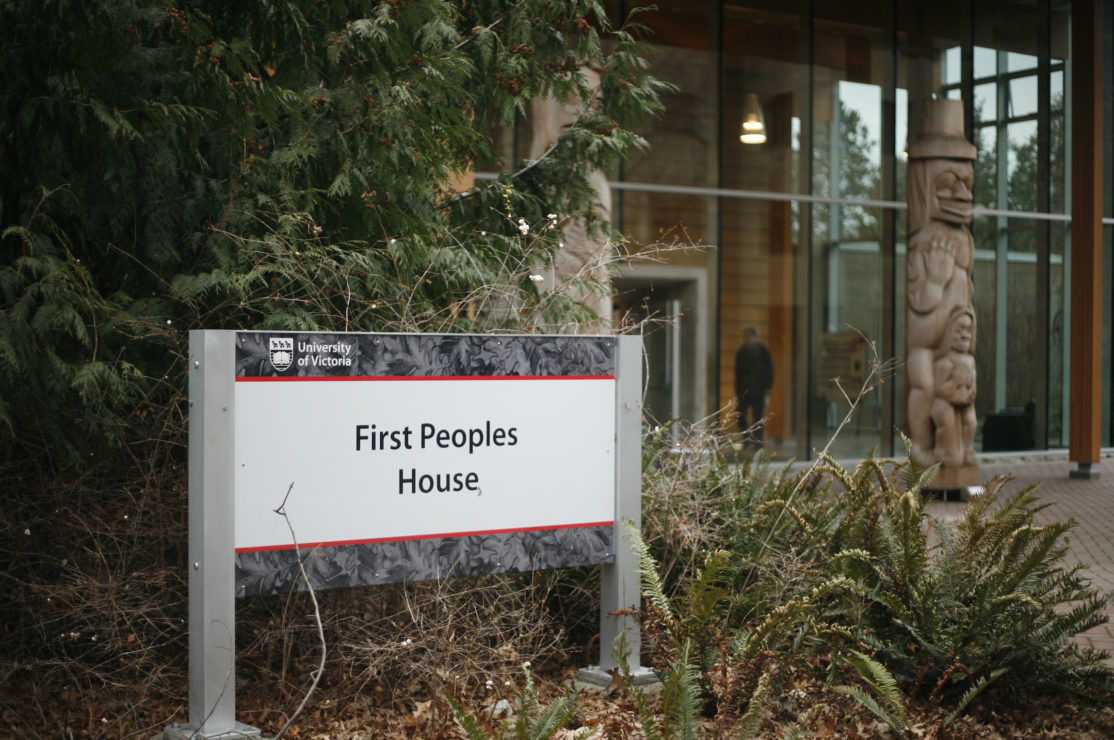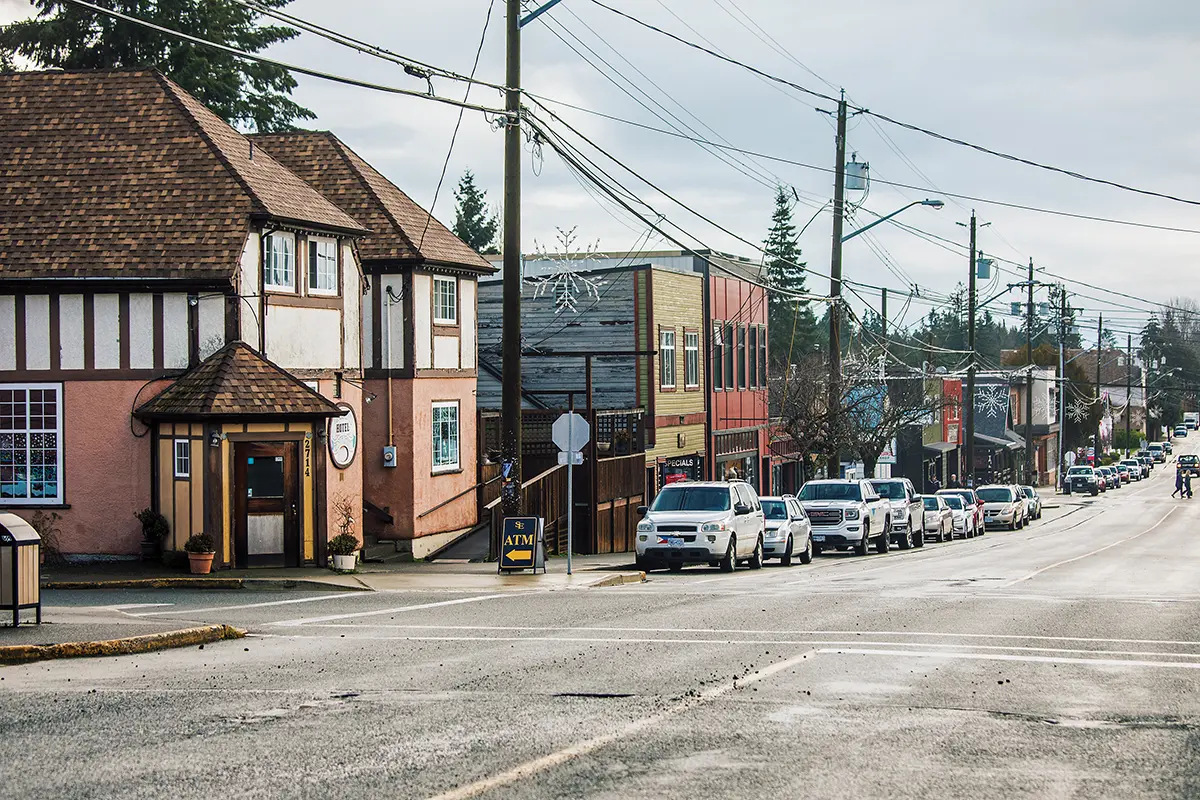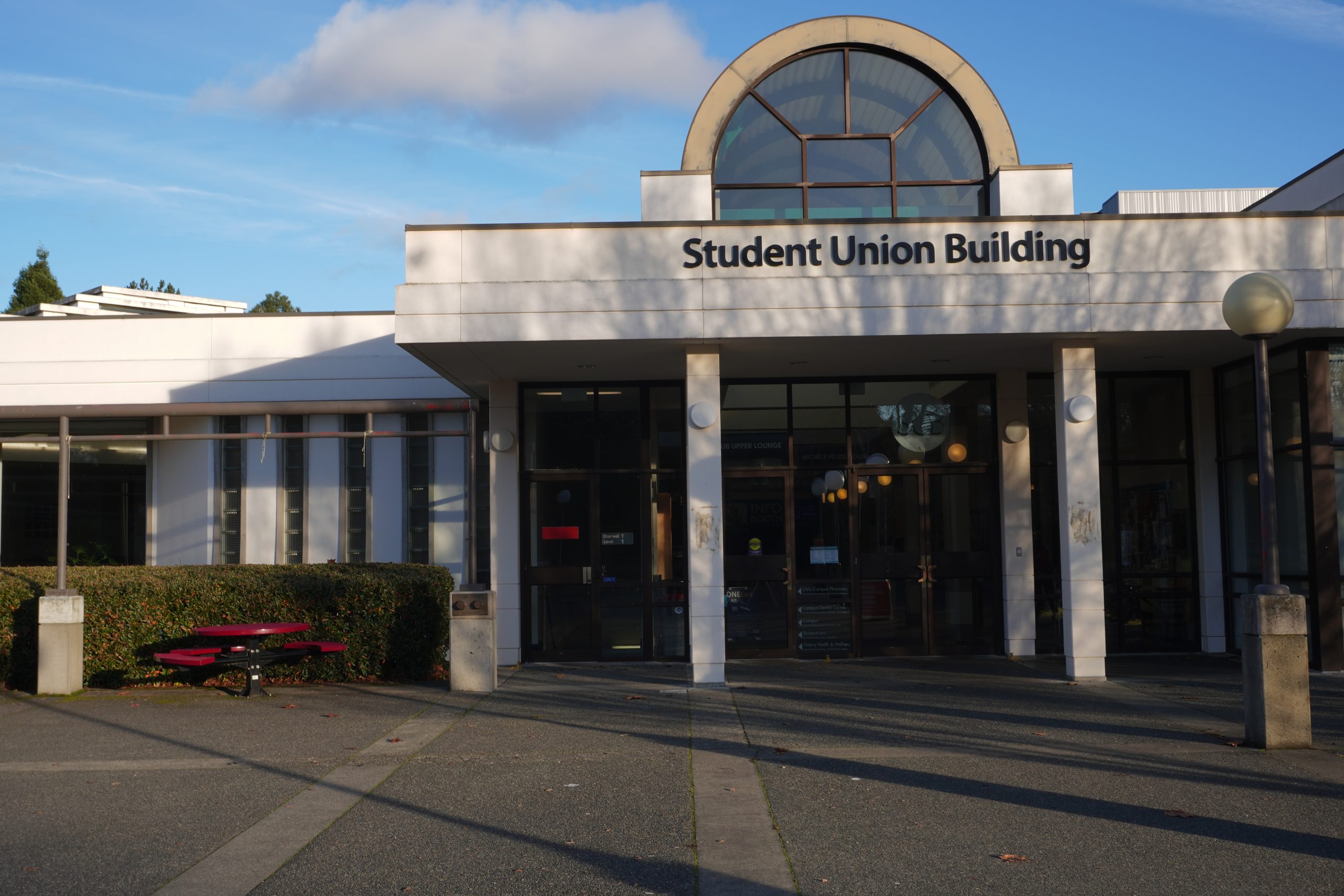Newly released short film shows how Indigenous students chart their own paths

Throughout Canada’s history, education has been used to further and institutionalize colonialism. A newly released film shot at the University of Victoria seeks to unpack this dynamic, connecting the experiences of students at UVic to Canada’s residential school system.
On Dec. 4, The Camp(us)was exclusively screened at UVic’s First Peoples House. The project was funded through Storyhive — a funding organization run by Telus that supports up-and-coming filmmakers — for their first Indigenous Storytellers Edition. The short film is also available on Storyhive’s website.
The film opens with a clip from a documentary about the history of the W̱SÁNEĆ School Board, blending the history of residential schools with current, ongoing narratives of Indigenous students.
The Camp(us) features three Indigenous students charting their own personal relationships with their cultures — Hayle Gallup, Rob Clifford, and Charlene Hickey. Levi Hildebrand and Mike Morash helped to edit and film the 10-minute video. Gallup, from Tahltan First Nation, is the Project Lead and was interviewed in the film.
“There’s a lot going on in our world today that echoes those institutions,” Gallup said, in an interview with the Martlet. “Education is so vital to our communities … it’s just the way education was imposed on us that we have a problem with.”
Gallup has family members that attended residential schools and she is the first person in her immediate family to graduate university.
“I had to put aside learning what it means to be a matriarch, learning what it means to be Tahltan, and learning to live off the land because I had to get this education in order to provide for myself in the Western colonial way,” Gallup said, noting her own experiences as an Indigenous student at UVic. “When I think of barriers I think of the sacrifices that you have to make.”
At UVic, Gallup completed a bachelor’s degree in elementary education and hopes to one day teach in Indigenous communities.
“I had to get a Western education, in order to ensure my Indigenous reclamation,” Gallup said.
Clifford and Hickey, the two other students in the film, share their own reflections on their experiences and continued work at UVic. Hickey, a Cree woman from Saddle Lake, Alberta, has used her master’s degree in counselling psychology to connect with people by incorporating horses into her practice. Clifford speaks bravely of his own family’s experiences, noting the abusive nature of Canada’s residential school system. Clifford is W̱SÁNEĆ and a member of the Tsawout First Nation on Vancouver Island, B.C. He is a PhD candidate in law at Osgoode Hall Law School at York University, and a Joseph-Armand Bombardier Canada Graduate Scholar.
All three stories are best told through the voice of the people who experienced them. The film is free and accessible through Storyhive’s website, and I’d strongly recommend watching it to hear the stories in their true and intended language.
The powerful personal stories shared by the three students in the film connect education to institutions of colonialism and note the continuing effects of the residential school system through intergenerational trauma. Although the subject is serious, the film offers positivity by featuring the ways in which these students navigate their lives and affirm their own healing through education.
The cinematography is remarkable. Shots of Vancouver Island and intimate interviews with the film’s subjects place them within their lands and communities. As a viewer, the visuals of the film alone made me consider the ways that colonialism has disturbed the relationship between Indigenous peoples and their land.
Ultimately, I see the film as not just three students’ stories — it’s about education itself and the power of shaping and telling one’s own stories. As a student at UVic, watching this film required me to reflect on my experiences and acknowledge the colonial character of my own education.
For Gallup, the film is only the beginning. She hopes to find new ways to share stories of Indigenous education and start a dialogue around what it’s like to be an Indigenous student in a Canadian university.








